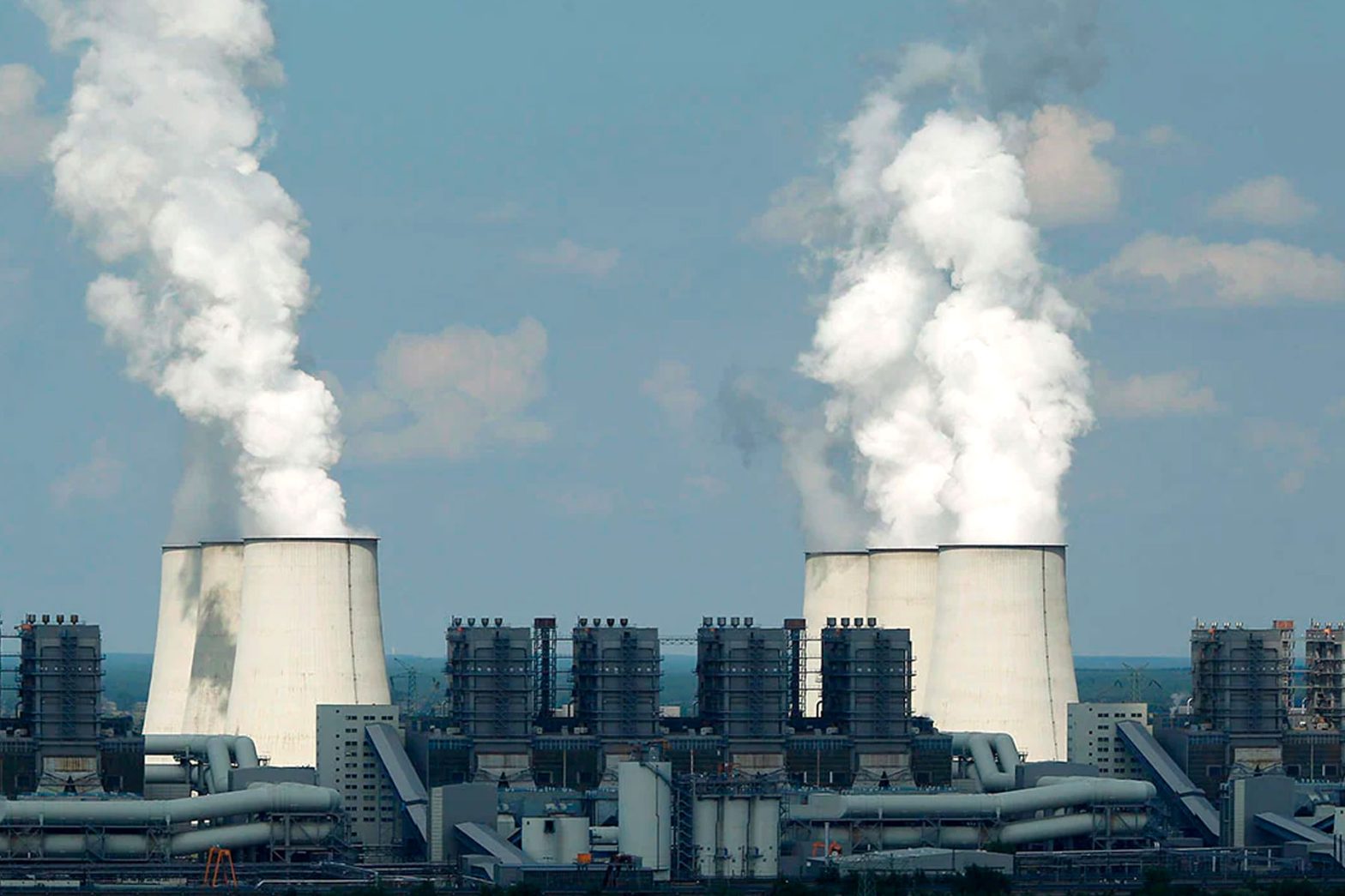Power plants are a major source of electricity for homes and businesses, but they also release pollutants into the air that can have a negative impact on the environment and human health. Injection quills have been developed as a technology to help control emissions from power plants by introducing chemicals into the exhaust gases to remove pollutants before they are released into the air.
Injection quills for power plants are designed to introduce chemicals, such as scrubbing agents, into the exhaust gases of the power plant. These chemicals react with pollutants in the exhaust gases, such as sulfur dioxide and nitrogen oxides, to neutralize or remove them before they are released into the air. The use of injection quills in power plants is known as flue gas desulfurization (FGD) and it is a widely used technology for controlling emissions from power plants.
One of the main advantages of using injection quills for power plants is their ability to effectively remove pollutants from the exhaust gases. Scrubbing agents, such as lime and soda ash, can neutralize acid gases, such as sulfur dioxide, and remove particulate matter from the exhaust gases. This can significantly reduce the emissions of harmful pollutants into the air, improving air quality and reducing the negative impact on human health and the environment.
Injection quills for power plants can be made from a variety of materials, including plastic and stainless steel, and can be designed to handle specific types of pollutants. For example, injection quills made of plastic can be used for neutralizing acid gases, such as sulfur dioxide, while injection quills made of stainless steel can be used for removing particulate matter. The choice of material will depend on the specific application and the type of pollutants being removed.
Another advantage of using injection quills for power plants is that they can be used in a wide range of power plant types, including coal-fired, natural gas-fired, and biomass-fired power plants. They can also be used in retrofit projects to upgrade existing power plants to reduce emissions.
Proper installation and maintenance are crucial to ensure the effectiveness and longevity of the injection quills. It is important to follow the manufacturer’s instructions when installing the quills and to use the appropriate tools and techniques to ensure a secure and leak-free fit. Regular maintenance and cleaning should also be carried out as per the manufacturer’s recommendations to ensure the longevity of the quill and to prevent blockages or corrosion.
In conclusion, injection quills are an effective technology for controlling emissions from power plants by introducing chemicals into the exhaust gases to remove pollutants. They can be designed to handle specific types of pollutants and can be used in a wide range of power plant types. Proper installation and maintenance are crucial to ensure the effectiveness and longevity of the injection quills. It is important to consult with an experienced engineer and follow the manufacturer’s instructions to ensure the safe and effective use of injection quills, whatever the industrial process for which it is employed.
Crystal Industrial Syndicate from India, makes a range of custom injection quills for a variety of industrial processes. Our injection quills from India comply with the world’s most stringent certifications. Our products are installed around the world, from North America and Europe to Africa and the Middle East. Contact us to know more about how we can support your injection quills requirements. Contact us
Copyright © 2023 by Crystal Industrial Syndicate Pvt Ltd. All rights reserved. www.crystalindustrial.in
